On the night of Aug. 5, 2012, as the car-sized robot named Curiosity slammed into Mars’ atmosphere at 13,200 miles per hour in its protective capsule, some 400 scientists were crammed into a basement room at NASA’s Jet Propulsion Laboratory in Pasadena, Calif., 154 million miles away, pacing in the limited space and anxiously consuming cookies and coffee.
Two of those jittery scientists were Wellesley alumnae: M. Darby Dyar ’80, an astronomy professor at Mount Holyoke College, and Melissa Rice ’05, then a postdoctoral scholar at the California Institute of Technology. They and the other science team members on the Mars Science Laboratory mission were waiting to celebrate (they hoped) Curiosity’s landing on Mars, and the beginning of their work on the mission studying whether Mars could ever have supported life.
Dyar, who helped build a piece of equipment aboard Curiosity, had been told by the “very impressive and very confident” engineers associated with the landing that there was a greater than 99 percent chance of success, and she believed them. “However, there were other people who bought open-ended plane tickets home, just in case, and I think nearly everyone had a contingency plan in case things went badly wrong,” Dyar says.
When the appointed moment drew near, the scientists began watching a live feed of the mission-control room during what the engineers called “seven minutes of terror”—Curiosity’s entry, descent, and landing. As mission control announced “Touchdown confirmed, we are safe on Mars” and the first images from Gale Crater arrived back at the Jet Propulsion Laboratory, the scientists in the room jumped, screamed, and cried.
It was an emotional moment, but it didn’t last long. “The team members quickly dispersed to … get right down to the business of operating the rover. Within half an hour of landing, our room was empty. And the rest is history,” says Dyar.
And Wellesley is part of the history of Curiosity. We know of three alumnae who have worked on different aspects of the Mars Science Laboratory mission—Dyar, Rice, and Rachel Harris ’14, who as an undergrad spent two summers at the NASA Ames Research Center. From an attic laboratory in South Hadley, Mass., to mission headquarters at the Jet Propulsion Laboratory, to the smelly hot springs of Lassen Volcanic National park, these women have been uncovering clues to what Mars’ ancient past looked like, and, possibly, laying the groundwork for future exploration.
The Rock-Zapping Laser
For Dyar, that night at NASA’s Jet Propulsion Laboratory was a long time coming. In 2005, she joined a team of scientists to figure out how to analyze Mars’ rocks and soils. The end result was ChemCam, Curiosity’s most complex instrument—and arguably its coolest, if extremely powerful rock-zapping lasers are your thing. ChemCam’s laser can hit targets up to 23 feet away, heating an area the size of a grain of salt to 3,600 degrees Fahrenheit. “When the laser’s firing, it makes this little plasma, which is way neat,” Dyar says. Then, a spectrometer acquires a spectrum of the plasma, revealing which elements are present and in what amounts. Every time that laser is shot on Mars (well over 100,000 times, so far), the data are sent to custom-built software on Earth, which automatically analyzes them. Meanwhile, Dyar and her students use a laser like the one on Curiosity in her lab to analyze thousands of samples of Earth-based rocks and minerals, which they compare to the data coming back from Mars and use to improve the software’s accuracy.
A couple of days a month, Dyar works on operations on Curiosity, leading the mission’s geology science theme group. Although many of the other scientists are back at the Jet Propulsion Laboratory, it’s been seamless working from western Massachusetts. “You know, we’re driving a rover around on Mars, so why should I have to be in California?” she points out. In fact, Dyar often does operations from her home in Amherst, so she’s available for her two teenage kids in the afternoon and evening. “Lindy’s friends will come in. They all go, ‘Oh, hi, Darby, how are you? What are you doing? Oh, you’re working on Mars today.’ I’m sitting there with a headset on and chatting, and there’s a picture of some rocks, and usually you can see the rover in the foreground, and … they’re completely blasé about it.”
‘You know it’s a good day on Mars when two Wellesley women are in charge of the science.’
—Darby Dyar ’80
A typical day on Mars starts with the geology science theme group looking at pictures that Curiosity sent down the night before and seeing if there is any rock, sand, or dust that merits a closer look. After they decide which of Curiosity’s instruments they want to use, and on which targets, the team lead checks in with the engineers to “make sure that the science that we want to do is really justified in terms of the resources of the rover,” Dyar says. The geology team also interacts with the atmosphere and environment scientists, to see if they have anything they want to do. Finally, they converge on a plan, and the engineers “check and double check the code, and then they upload it to the rover.” The rover uses the instruments, drives, takes more pictures … and the whole thing starts over the next day. One particular day last summer, Dyar says, she and Melissa Rice were the geology science lead and co-lead. “You know it’s a good day on Mars when two Wellesley women are in charge of the science,” she says with a big grin.
In her two years following Curiosity around on Mars, Dyar has seen many interesting things, but what’s really struck her is the diversity of sedimentary rocks and the features associated with them. In past missions to Mars, rovers found almost exclusively igneous rocks—rocks formed by magma. In contrast, “Curiosity has found all shapes and sizes of sedimentary rock types, indicating many types of geological processes involving water: fast-running, slow-moving, and still. We suspected these rock types were there, but to have found such glorious examples at Gale Crater has been beyond wonderful,” Dyar says.
Mars is a big part of Dyar’s life right now, but she doesn’t limit herself to the Red Planet. Her driving interest is understanding how hydrogen is spread out over our solar system, which has led to projects studying the moon, volcanoes in Nevada, the geology of the state of Maine, and microbes that survive in boiling water in mid-ocean ridges. “I’m not after the glory of working on [NASA] missions,” Dyar says. “I’m really working on this mission because it was the best way to gain access to the instrumentation I needed. … That’s what really floats my boat, even though I don’t admit it that often.” What Dyar really wants is to figure things out—wherever in the universe that takes her.
Follow the Water
Melissa Rice came to Curiosity with a very different perspective—Mars called out to her. As a senior astrophysics major at Wellesley, she took a course on space exploration at MIT. NASA scientist James Garvin gave a guest lecture on the Mars Global Surveyor spacecraft and showed some of the high-resolution photographs it was sending back. For Rice, those photos were a revelation. They showed very narrow gullies that could only have been carved out by liquid water on the surface of Mars. Since the era of the Viking orbiters and landers 30 years earlier, scientists had known that there were large gullies caused by catastrophic flooding, but these were very different. These gullies were made by water that trickled, rather than roared, over Mars’ surface—water that may have stuck around long enough for life to be a possibility. “That was the first time that I had heard Mars talked about as a place of real, valid astrobiological significance,” Rice says. And then she started thinking about where she might be able to study Mars after Wellesley. “At that point, it was Mars or bust. It was just Mars, not even bust. It was gonna happen,” she says.
Rice decided to pursue her Ph.D. in astronomy at Cornell University, since the Mars Exploration Rover mission was being operated from there. Those rovers had landed on Mars two years earlier, in 2004. “Spirit and Opportunity were rock stars. They were way past their warranty, but were still going strong. So I went to Cornell to be part of that excitement, and wound up working under Jim Bell, who was the camera guy for both rovers. And so, my research was focused on photographic data from Spirit and Opportunity, and specifically the spectroscopy that can be done through those cameras,” she says.
‘It was Mars or bust. It was just Mars, not even bust. It was gonna happen.’
—Melissa Rice ’05
In addition to taking the color photographs that the mission is famous for, the rovers’ Panoramic Cameras have filters that can see into the near-infrared wavelengths, beyond what the human eye can see. These images can help reveal important things about the rocks on Mars—like whether they have ever been in contact with water.
After Rice got her Ph.D., she began a postdoc in the division of geological and planetary sciences at the California Institute of Technology, where she worked with Professor John Grotzinger, Curiosity’s chief scientist, studying the mineralogy and stratigraphy—how rocks are layered—of key sites on Mars. Rice also worked on operations for both the Mars Science Laboratory and Mars Exploration Rover missions. In fact, the night that Curiosity landed on Mars, after the cheering died down, Rice immediately went to train for her role as documentarian, keeping the records of the scientific team. “When I got home, around 7 a.m., I was very glad that I had installed blackout curtains in my bedroom in anticipation of Mars time!” Rice says.
For the first 90 Martian days, or sols, the Mars Science Laboratory science team members lived on “Mars time”—or, more accurately, “Mars Orbiter time,” matching their work hours to when data was received at the Jet Propulsion Lab from the spacecraft orbiting Mars. On top of that, one Martian day is 24 hours and 39 minutes long— “just different enough from the Earth day to be really annoying,” Rice says. On a typical week in September 2012, Rice worked from 2:20 a.m. to 10:20 a.m. on Sunday, 4 a.m. to noon on Monday and Tuesday, and 8:15 a.m. to 4:15 p.m. on Wednesday, 5:50 a.m. to 1:50 p.m. on Thursday, 3:20 a.m. to 11:20 a.m. on Friday, and 6:15 a.m. to 2:15 p.m. on Saturday. “It was like being jet-lagged for three months,” Rice says. (Meanwhile, during those first 90 days, Darby Dyar was doing her best to adhere to Mars time while commuting between Mount Holyoke and the Jet Propulsion Laboratory—“Thank God for Ambien and Southwest Airlines,” Dyar comments.)
One particularly exciting moment on Mars for Rice was when Curiosity drilled holes in a mudstone deposit in the Yellowknife Bay area of Gale Crater. When Curiosity sent back pictures of the first drill site, exposing blue-grey rock under the familiar, dusty red surface, Rice was blown away: something bluish on the Red Planet. You could tell from the image that “these rocks have been formed in a very different environment than is on Mars today,” Rice says—a wet environment. Analysis of powder from the drill site confirmed that environmental conditions in this corner of Mars could have supported microbial life. Using the same nifty near-infrared technique Rice had used on Mars Exploration Rover images at Cornell, the Mars Science Laboratory scientists used images taken with one of Curiosity’s cameras to reveal “hydration signals” in veins running through rocks near these drill sites, suggesting that those life-friendly environmental conditions extended beyond the drill sites.
Rice’s postdoc at Caltech ended last summer, and this fall she started a job as an assistant professor at Western Washington University, where she will be teaching classes in both the geology and physics/astronomy departments. She’ll continue to work on operations and data with both the Curiosity and Opportunity rovers, and she plans on getting her students involved in operations, too. It’s an exciting time for Curiosity: In September, NASA announced that the rover had reached its main destination, Mount Sharp. The 5.5-kilometer-tall mountain is made of sedimentary layers, with the oldest layers at its base. As Curiosity drives up Mount Sharp, it will, in effect, be driving through Mars’ history, attempting to answer questions about the planet’s past along the way.
“What was the environment like here on early Mars?” Rice asks. “Did these rocks form in a dry, arid environment, or in a warmer, wetter environment that could have been habitable? Is there evidence for climate change on Mars preserved in the stratigraphy? If there was ever a lake here, how long did that lake survive? How have these rocks interacted with water since they formed? Did it ever rain or snow at this site?” It could take Curiosity several years to drive to the layers the scientists are most interested in, a tall order for the rover, but who knows? Perhaps Curiosity will be boundless.

This image from HiRISE, the high-resolutioncamera onboard the Mars Reconnaissance Orbiter, shows an edge of Gale Crater, the 96-mile-wide crater where Curiosity landed. (The color is not what would be seen by the human eye.)
NASA/JPL/University of Arizona
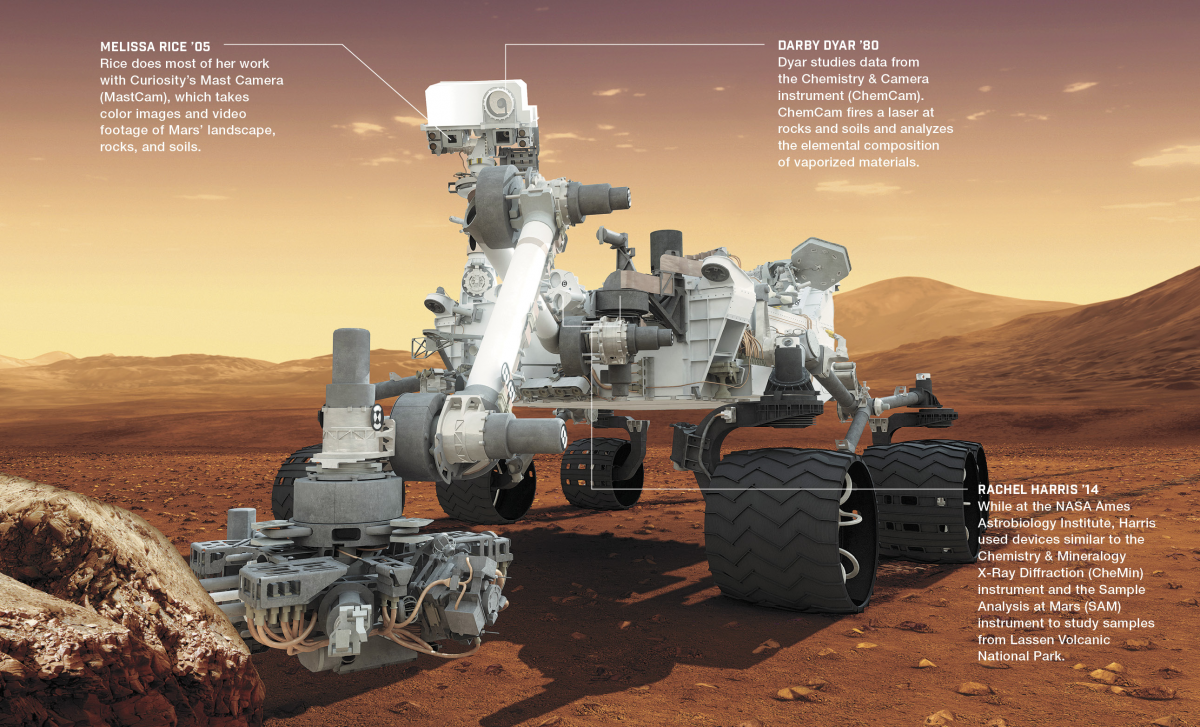
View a larger version of this graphic.
Field Astrobiologist
Rachel Harris ’14 learned that her dream of doing research at NASA was going to come true one cold, dark January night in Russia. She was a sophomore, taking part in Wellesley’s Wintersession in Moscow program. (As a first-year, she had decided that taking Russian would be a practical choice for someone interested in space programs.)
It was late at night, and she had just finished Skype-ing with her family in Mount Airy, N.C. “I was feeling a little bit homesick, I had bedbugs in my mattress, it was freezing cold, and you know, I wasn’t having the best of times,” she says. She decided to check her email one last time before joining those bedbugs, and there was a message from David Des Marais, the principal investigator of the NASA Ames Astrobiology Institute (NAI) and a Curiosity science team member, letting Harris know that there was a summer project for her out in Mountain View, Calif. “I screamed because I was so happy, and I actually started crying, because it was just a dream come true,” Harris says.
During her first of two summers at NASA Ames NAI, Harris, a biology major, studied bacteria that grow in the hydrothermal pools of Lassen Volcanic National Park in northeast California, a kind of “mini Yellowstone,” Harris says. The idea is that the hardy bacteria that thrive in Lassen’s hot and often quite acidic pools might be similar to the microbes that lived on Earth billions of years ago—and research on these bacteria might offer some direction for scientists searching for evidence of life on ancient Mars. Thrilling stuff for Harris, to put it mildly, but the icing on the cake was actually helping find and analyze what the NASA Ames NAI team believes is a new species of bacteria.
The day they found that particular bacteria, a Lassen National Park ranger guided Harris and the rest of the research team off trail in search of sites that might be interesting Mars analogues. It was hot out—more than 90 degrees—and the smell of rotten eggs was strong thanks to sulfides being belched out by mudpots and fumaroles upwind. Finally, the team found what they were looking for: a line of four or five hydrothermal pools that had formed from the movement of magma beneath the surface.
The scientists moved in for a closer look—slowly, and crawling on their stomachs, because the ground was unstable due to hydrothermal activity. Harris reached into vents around one of the pools to take temperature and pH measurements with the help of a giant pair of tweezers—“imagine a meter-long version of what you use to pluck your eyebrows,” she says. Using the same tweezers, she pulled off a piece of “a beautiful green film of Cyanidiales,” a red algae.
As she put the sample in a glass vial, Niki Parenteau, an NAI research scientist, shouted, “Check it out!” and pointed to a “bright, gelatinous layer of purple” under the algae, Harris remembers. “We need a slice of cake for this one,” Parenteau said, as she reached into her backpack and pulled out an offset spatula, the same kind you’d use to ice a cake. “At NASA, we pride ourselves on state of the art, government-funded technology,” Harris jokes. Parenteau and Harris carefully extracted the “cake slice” from the pond and put it in a special container to ensure that it would survive the six-hour drive back to Ames.
Survive it did, and it also consented to being cultured back in the lab so that the team could study it more thoroughly. It is an acid-tolerant purple nonsulfur bacteria—but its lipid structure is markedly different from the only other purple bacteria found at such low pH, in Yellowstone. Also, Harris was thrilled to discover that the bacteria is happiest around pH 3, an order of magnitude more acidic than the other purple bacteria. “It’s really exciting, because that pushes the definition of what we consider habitability” and what kind of extreme environments life can exist in, Harris says.
Harris’s days as an “extreme” scientist are just beginning; this fall, she started a Ph.D. program in Princeton’s geosciences department. Her advisor, Tullis Onstott, studies the weird and unlikely microorganisms that live deep below the Earth’s surface—his current field projects are in the Canadian Arctic and the world’s deepest mines in South Africa—trying to elucidate the origins of life on Earth, and whether life might exist below Mars’ surface.
Our Future on Mars
Since 1960, humans have sent more than 40 objects to study Mars. One of the most recent, NASA’s Mars Atmosphere and Volatile Evolution (MAVEN) spacecraft, which entered orbit around Mars in September, has a Wellesley connection: Alexandria Ware DeWolfe ’96 manages the mission’s science data center at the Laboratory for Atmospheric and Space Physics at the University of Colorado, Boulder. But when will we see humans on Mars? Or should we even send people to Mars?
“I think you’ll find in a lot of planetary scientists a fundamental tension between on the one hand wanting to understand these environments, wanting to understand their stories, and on the other hand, wanting to preserve them,” says Wesley Andrés Watters, an assistant professor of astronomy at Wellesley who is a science team member on the Mars Exploration Rover mission. (See “In Other Worlds,” summer 2012, for a profile of Watters.)
Harris feels that tension. Before the rovers were sent to Mars, they went through planetary-protection procedures to help ensure that Earth microbes didn’t hitch a ride. But humans? “When you think about sending a human, you know, we’re a walking jungle of microbes. … As soon as we contaminate [the planet] with our own terrestrial organisms, the chances that it may kill off something that might live on Mars is definitely possible,” Harris says. But if done cautiously, “I would love to see a person on Mars by the end of my lifetime.”
Rice shares the sentiment, although she points out, “Ever since the Apollo era, when humans were on the moon, we’ve been promised humans landing on Mars within 20 years. Here it is, 45 years later, and we’re still saying, ‘Humans to Mars in 20 years.’ So I’m not optimistic that I’m going to be eligible to apply for the astronaut corps that goes to Mars. But I do hope that when I’m in my retirement home, before I leave this world, I’ll watch on my Google Glass or whatever we have at that point the first humans landing on Mars.”
Dyar also hopes the first humans land on Mars in her lifetime—and she expects that a lot of those pioneers will be women. “In a long space voyage, resources are everything, right? And women, bang for the brain, women are smaller and they eat less, and they think just as well as a man. … So, you know, the missions that we send to Mars will very likely have significant numbers of female crew members,” Dyar says. Including, we hope, at least one Wellesley alum.

Senior Associate Editor Lisa Scanlon Mogolov ’99 comes by her love of space exploration naturally: Her father was an engineer for the Apollo program at MIT. An English major, Mogolov enjoys interplanetary travel via literature. (The Sparrow by Mary Doria Russell is one of her favorite books.)




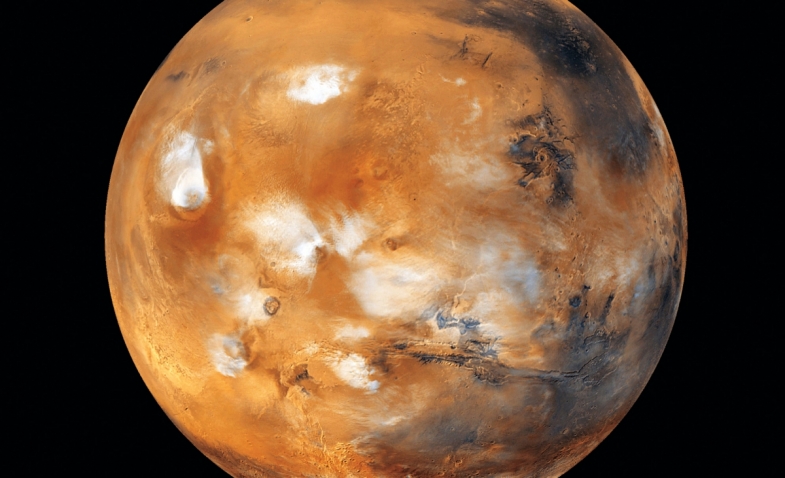
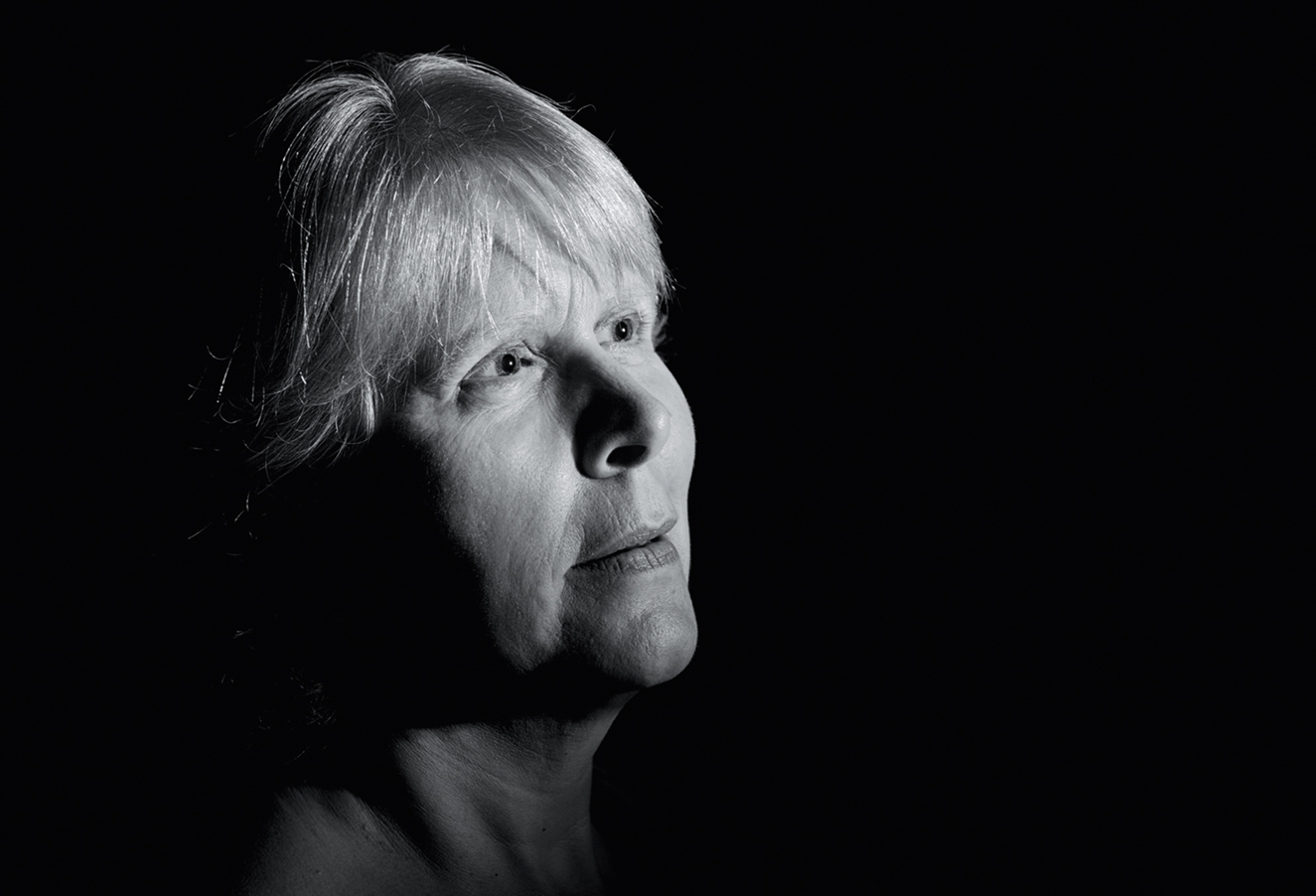

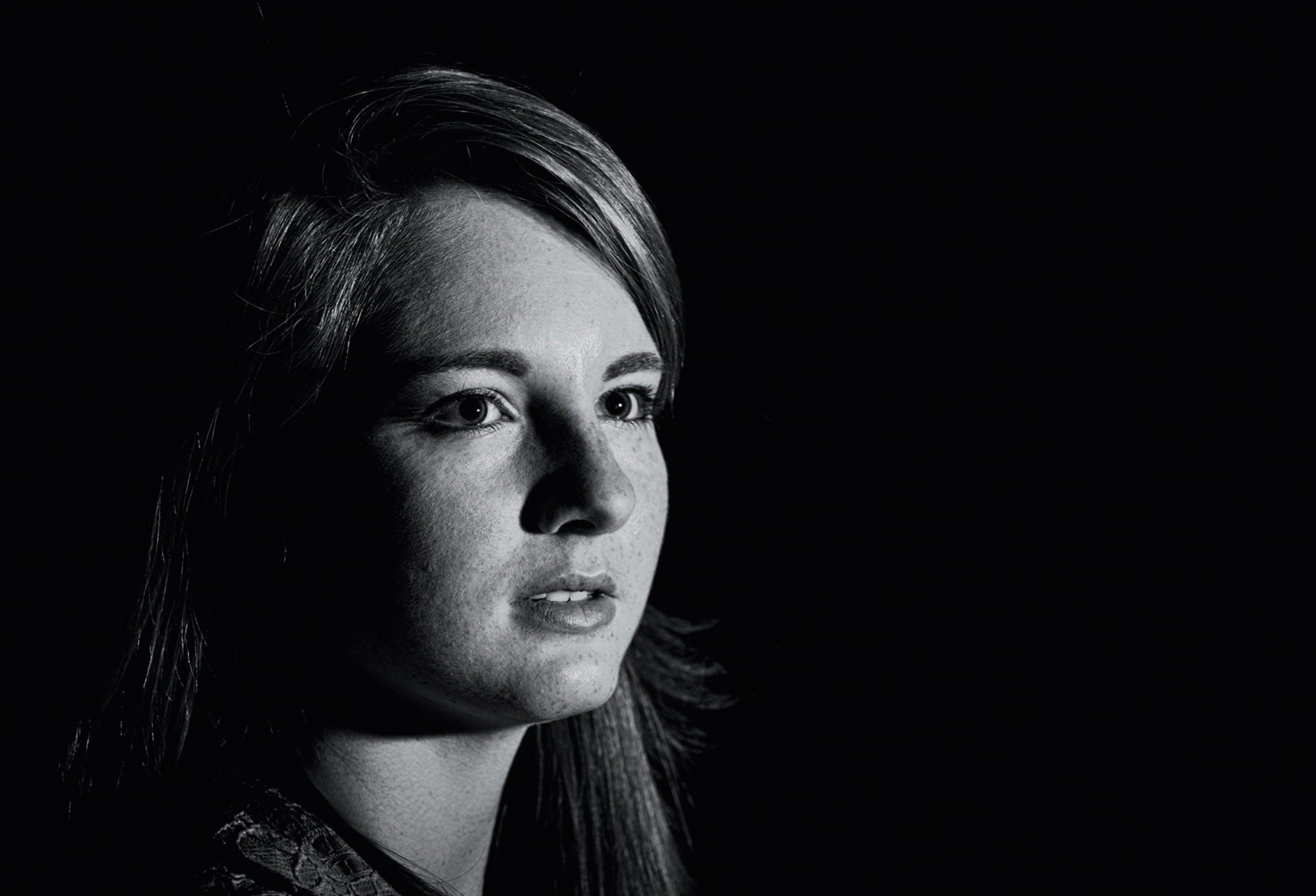



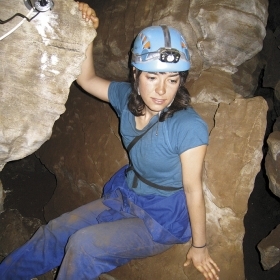
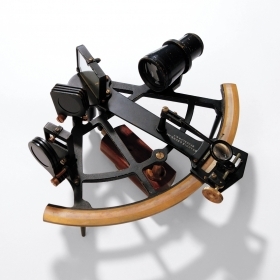

We ask that those who engage in Wellesley magazine's online community act with honesty, integrity, and respect. (Remember the honor code, alums?) We reserve the right to remove comments by impersonators or comments that are not civil and relevant to the subject at hand. By posting here, you are permitting Wellesley magazine to edit and republish your comment in all media. Please remember that all posts are public.